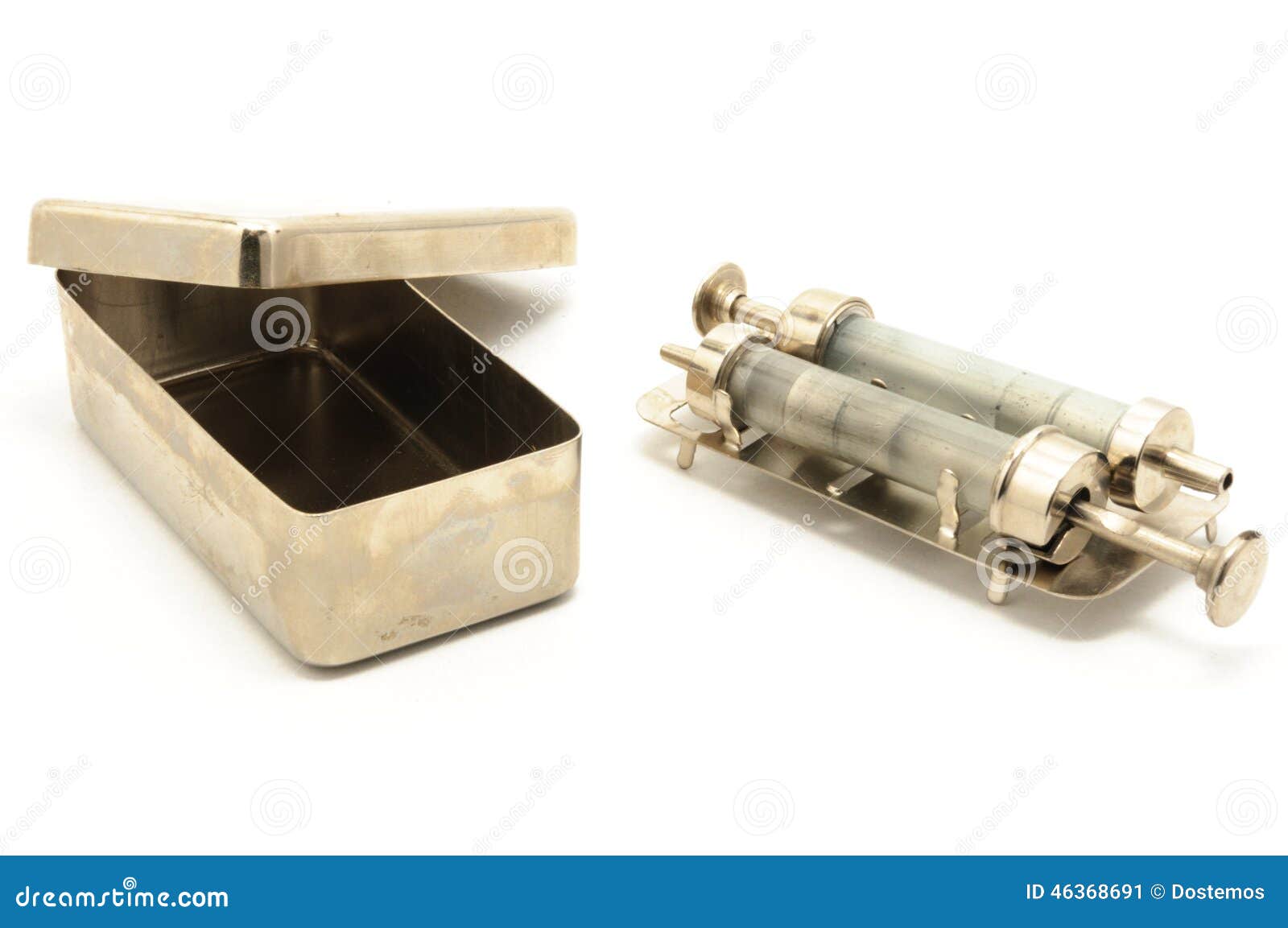

Int Pigeonpea News 18:7–11Ītanassova BB (1999) Using genic male sterility in improving hybrid seed production in tomato ( Lycopersicon esculentum). J Plant Breed Crop Sci 2(7):168–172Īriyanayagam RP, Rao AN, Zaveri PP (1993) Gene cytoplasmic male-sterility in pigeon pea. AVRDC-The World Vegetable Center, Shanhua, pp 18–21Īrdila F, Echeverría MM, Rios R, Rodríguez RH (2010) Structural features of a cytoplasmic male sterility source from Helianthus resinosus, CMS RES1. KeywordsĪnon (2006) Cytoplasmic-genic male sterile pepper.


In this regard, hybrid technology is the way ahead to break the yield plateau and achieve sustainable productivity increase and resilience in different agricultural crops. Several reports are available in cereals, pulses, oilseeds and in horticultural crops, stating the yield plateau due to repeated cultivation of inbreed varieties in spite of being cultivated using the best management practices. Heterosis is the manifestation of higher vigour in the offspring pertinent to the yield and its attributing traits, resistance to biotic and abiotic stresses and enhanced nutritional quality traits. But the phenomenon of natural male reproductive inability of the plants is a gift to the breeders to harness the heterosis through hybrid technology. Nevertheless, male sterility is a constraint for natural gene flow in plants. Existence of male sterility has been reported in many cereals, pulses, oilseeds and horticultural crops. The phenomenon of male sterility in plants is governed by both genetic and/or environmental conditions, which results in plant reproductive biology abnormalities ranging from hampered microsporogenesis, non-functional stamens to production/release of viable pollens. Male sterility in plant is a reproductive physio-morphological inability to articulate incompetent or inoperative male reproductive parts in flowers deterring sexual reproduction.


 0 kommentar(er)
0 kommentar(er)
